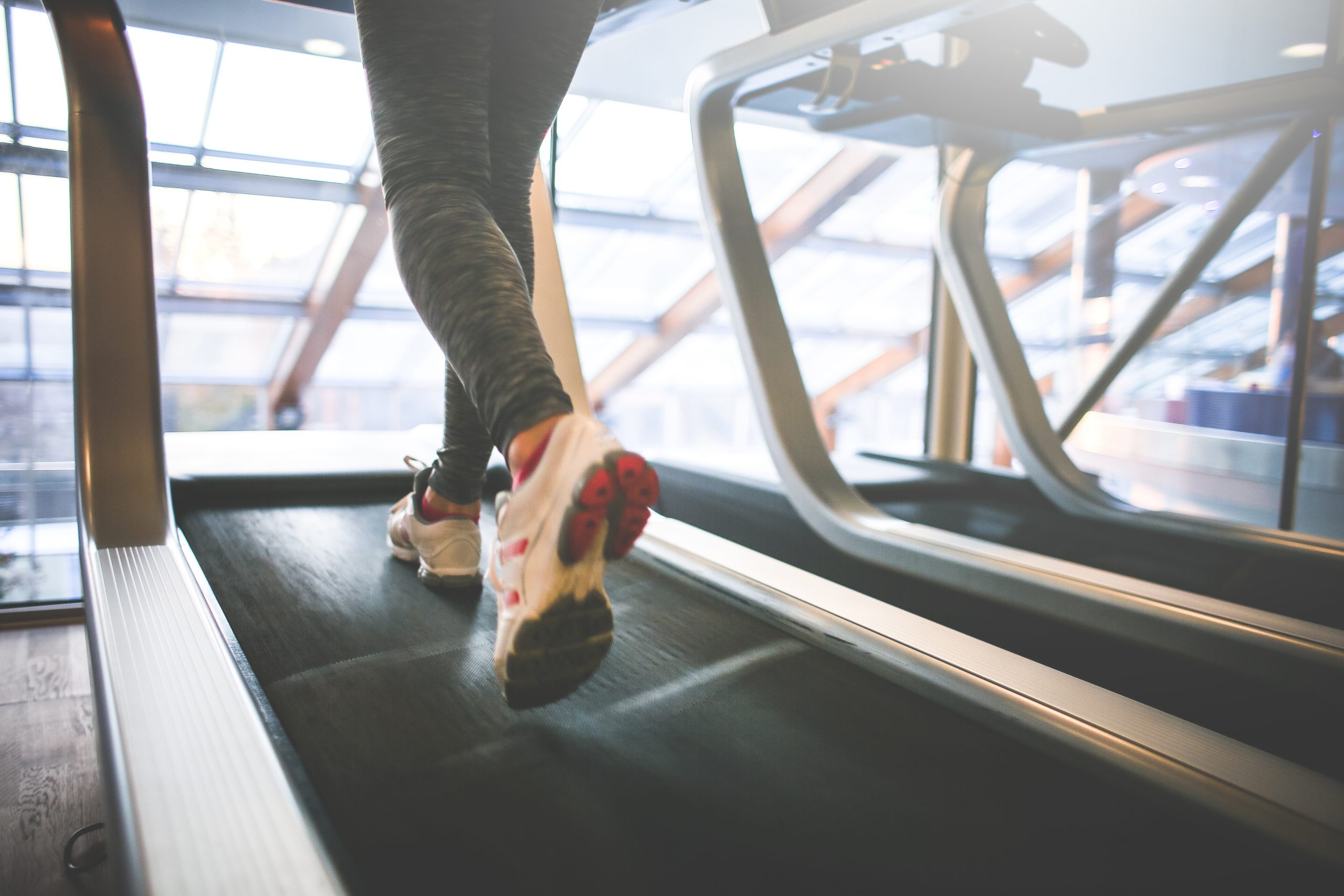Whether you use a treadmill for safety, avoiding traffic or only when weather conditions aren’t favourable, there are some tips you can use to make it more effective when working around the limitations, and maximising the benefits.
Hill training
The most obvious training benefit of treadmills is that you can make your own hills. No more worrying about the length or gradient being tough enough to mimic race conditions, plus since most treadmills don’t have a decline feature, this can be a much tougher option than running outside.
Pace yourself
If you’re someone who struggles to pace themselves well, something that can have dire consequences for marathon running, then a treadmill can be a good starting point for working on this. It requires you to pay close attention to how you’re running, and the effort you’re putting in, but if you do this, it can translate well into how you run outside.
Intervals
Now this is one area that treadmills are both a hindrance and a helping hand. On the positive side when trying to push a challenging interval, in length or speed, keeping up with the belt can make it more achievable mentally since you won’t just slow down when it gets tough.
Slowing down and speeding up can be somewhat tiresome though. You have two options here, ignore it, knowing that what you lose in a slower work interval you make up for in a faster recovery, or gradually increase the speed towards the final seconds of your recovery in order to hit your speed for the work interval on time.
Cruise intervals and efforts with static recovery work well on treadmills since you can make the small speed adjustment quickly, or jump to the side rails whenever you finish the work effort, before jumping back on to start the next one.
Using treadmills and a watch
Most running watches have a treadmill setting and a manual lap button. The annoying thing is that very, very rarely will your watch and treadmill read the same distance. There’s an easy workaround.
Firstly, don’t worry about Strava not giving you full credit. If you want to for your end of year stats, just delete the auto synced run with the wrong distance, and create a manual activity with the right overall stats, then edit the activity in the Garmin app (or app for your watch if it’s a different brand). I do this since my sessions are very specific, and people seem to look at what I do more closely because I’m a coach, otherwise I wouldn’t bother.
For your own tracking, my advice is to simply turn off the auto lap feature, and lap the watch manually whenever the treadmill says you’ve done the allotted distance/time. If you’re doing shorter work intervals, or like to see each mile within longer efforts, you don’t even need to turn auto lap off.
Although it’s not uncommon for treadmill speeds (and therefore distances) to be out by 2-3%, this is still a better gauge than your watch which is making assumptions based on what it thinks your stride length will be, so trust the ‘mill.
Calibrate
Make sure you calibrate your treadmill regularly. It’s usually pretty simple, and takes just a few minutes to do. This will give you better training since you’ll be working at the right speeds rather than working too little or too much, both of which pose issues for your race times.
There you have it, some simple tips to help you use your treadmill to get the best results possible.
Written by Kyle Brooks, Running Coach based in Norwich, Norfolk

